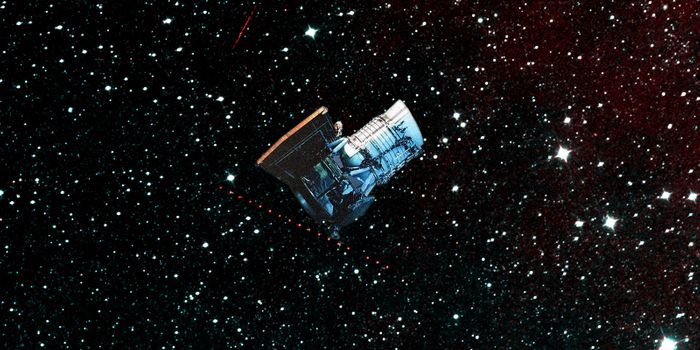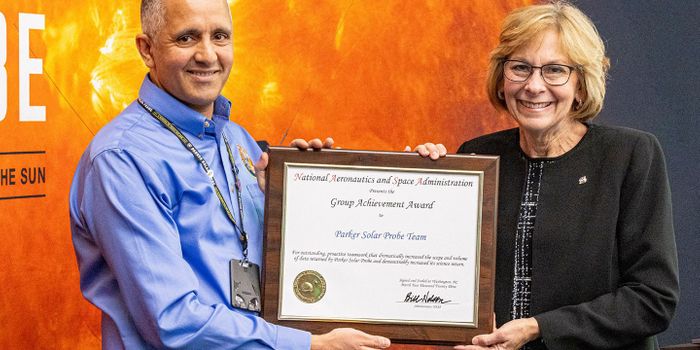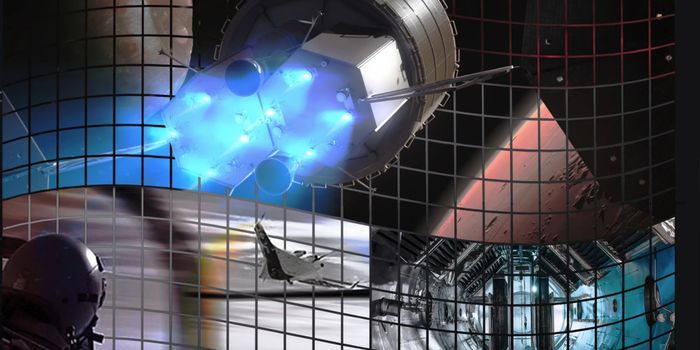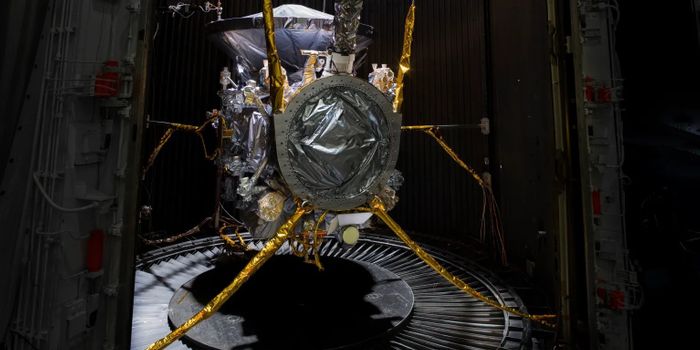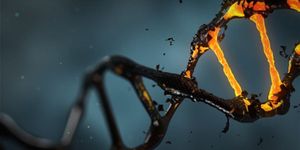SpaceX Just Resupplied the International Space Station Again
The International Space Station is poised to receive some much-needed new supplies and science experiments today, a feat made possible by a routine resupply mission conducted by a SpaceX Falcon 9 rocket that blasted off from a Cape Canaveral, Florida-based launchpad on Friday.
Image Credit: SpaceX/Twitter
Carefully stowed away inside the refurbished Dragon cargo spacecraft was more than 5,700 pounds’ worth of equipment that will be used by International Space Station astronauts over the course of the next several months. This equipment included fresh food, water, oxygen, and a plethora of new experiments that will help scientists achieve a better understanding of how things work in a microgravitational environment.
Fresh portions of food, water, and oxygen ride along with almost every resupply launch that NASA orders, but it’s the science experiments that make this launch particularly special. Among them is an advanced new Earth surface imager called the Hyperspectral Imager Suite (HISUI), a microgravity malting kit, a controlled flame experiment, oodles of mice, and an automated leak detector.
While these aren’t the only science experiments that will occupy career astronauts for the next several months, they are some of the most notable. Here’s what we know about them so far:
Related: Just how reusable is SpaceX's Falcon 9 rocket anyway?
Scientists will use information collected by HISUI to study the planet’s environment as it changes over time; this includes discerning resources, analyzing forests and agriculture, and monitoring the effects of climate change.
The malting machine will conduct automated malting of barley seeds in microgravity, enabling scientists to identify if there are any differences in the end product of the malting process in outer space as opposed to here on Earth.
The controlled flame experiment is also particularly interesting, as it will help scientists learn whether gravity has any impact on the spread of flames. More specifically, it will determine whether the flow of fire behaves the same as it does here on Earth.
Mice are visiting the International Space Station on this resupply mission, but not as pets for the astronauts, rather for the benefit of science. These genetically modified rodents will spend a predetermined amount of time in outer space so that the degradation of bones and muscles in microgravity can be better understood and improve prevention tactics for future astronauts as we look toward deep space missions.
Just as interesting is the automated leak detection system, which aims to improve the safety of the International Space Station by locating leaks and identifying whether repairs were successful or not. This has become a significant concern for space agencies, especially after the apparent drill hole mishap that occurred several months ago.
Related: Here's everything you need to know about SpaceX's upcoming Starlink internet satellite system
The resupply capsule that delivered these goods to the International Space Station this weekend will remain there a while longer as astronauts move the receivables out and fill it back up with trash and other disposables for descent back to Earth.
Source: Phys.org
-
-
MAY 07, 2024Is It Anti-RNP or Anti-Sm/RNP?
-
MAY 08, 2024Expand your Multiomic Capabilities with RNAscope™
- See More
-
APR 30, 2024Immuno-Oncology Virtual Event Series 2024
-
MAY 07, 20243rd International Biosecurity Virtual Symposium
-
MAY 23, 2024For the Love of Digital PCR 2024
- See More


